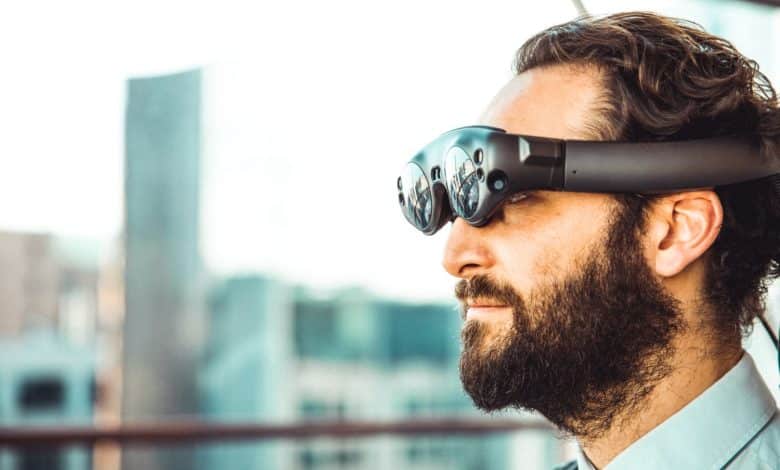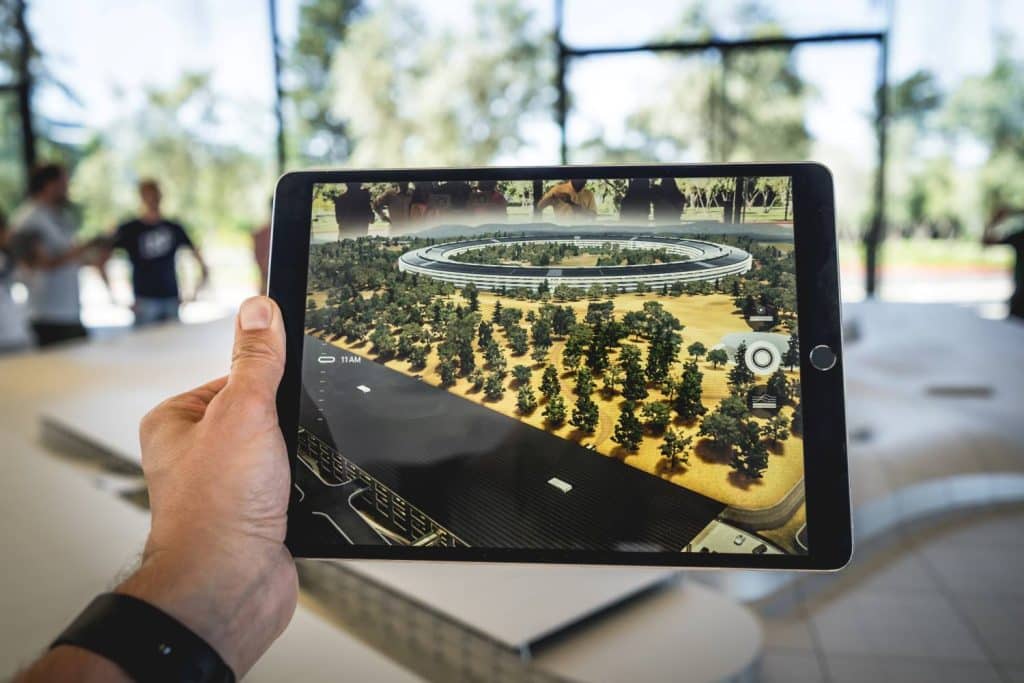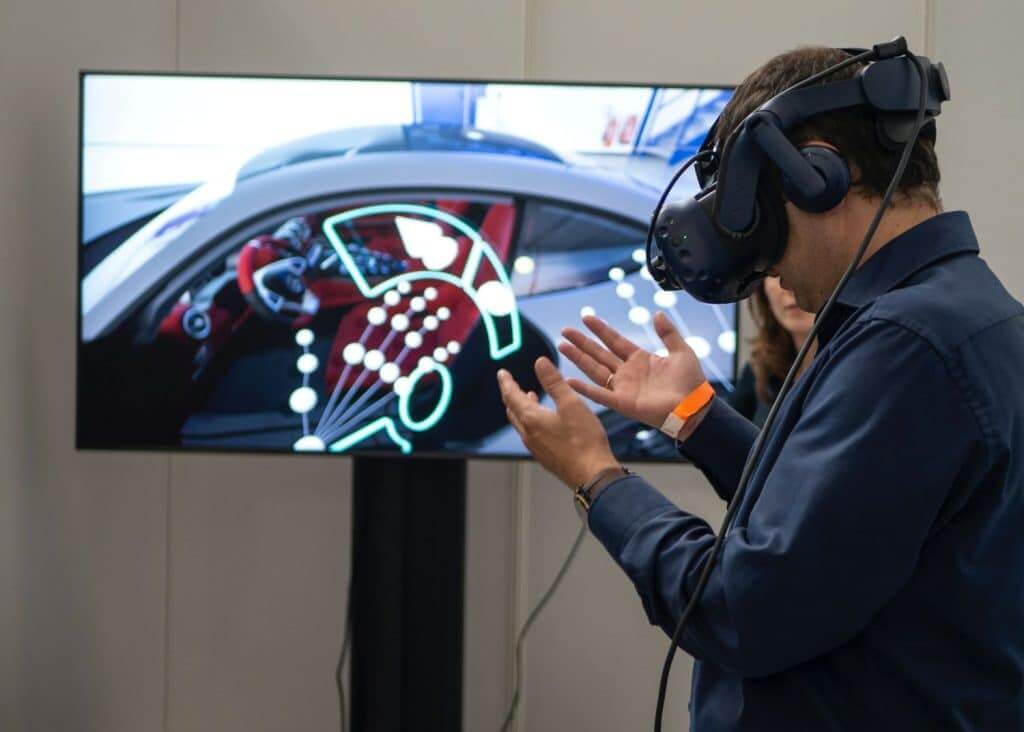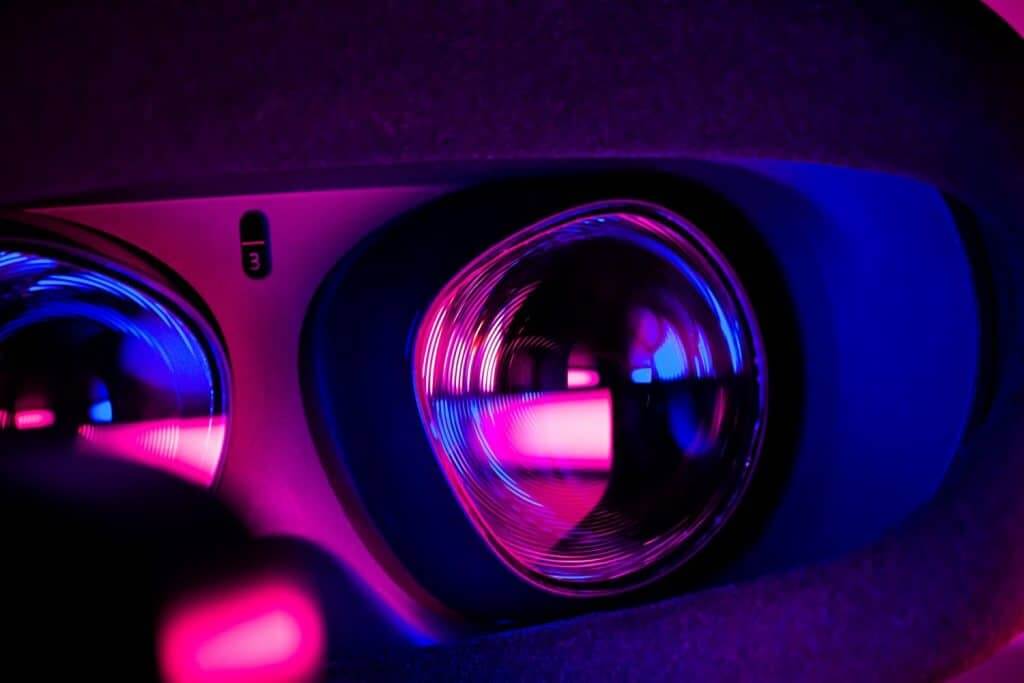
Table of Contents
The needs of the modern consumer have become a pillar of what drives the markets today. As those changes evolve with the advancement of technology, brands must keep up in order to not get left behind.
Augmented Reality marketing is one of those technological innovations that have become a fast-rising trend among sales strategists and marketers. But how can the application of AR solutions and mobile-centric tools help boost your advertising objectives?
Let’s explore Augmented Reality’s origins and the intersection that exists with marketing.

What is Augmented Reality (AR)?
The term Augmented Reality may bring to mind the popular Marvel character: Iron Man. A tech-genius who would typically interact with an AR system in real-time, built into his metallic suit and also his futuristic glasses.
Augmented Reality (AR) is a technology that superimposes digital data such as pictures, videos, audio, or other digital components into the physical environment. It offers users heightened and immersive experiences, increasing their enjoyment or understanding.
Ivan Sutherland is recognized as having invented Augmented Reality in 1968 with a gigantic head-gear piece nicknamed ‘The Sword of Damocles’. It was the first HMD (head-mounted display) system that also doubled as a tracking system.
The stereoscopic display featured primitive graphics comprising a virtual reality environment filled with wireframe rooms. But it opened up a world of possibilities and applications. Eventually leading to its introduction into marketing methods.
Features of Augmented Reality (AR)
- Interactions in real-time
- Unification of Physical and Digital Worlds
- Situational Awareness
Interactions in Real-Time
Augmented Reality marketing will allow users to engage with digital items in real time, primarily through motions, spoken instructions, or finger stimuli.
Unification of Physical and Digital Worlds
AR combines digital and physical information to create an intuitive interaction between real-world and virtual materials. It is the core feature of AR.
Situational Awareness
Augmented Reality marketing technology frequently employs sensors such as GPS, accelerometers, and cameras to comprehend users’ environments and display pertinent information. This feature improves accuracy.
As technology advances, so do its applications, and Augmented Reality is one of them.
Marketing in the digital age has grown so immensely that it can accommodate any sort of technological advancement.
Now let’s look at AR in marketing and how we can use it to boost customer experiences.

Augmented Reality Marketing: AR in E-commerce
AR has gained significant attention lately, and why not? With the help of this technology, brands can recreate the experience that customers will get in-store from the comfort of their homes.
Have you ever thought about getting a TV but did not know the size that would fit your wall? AR has made it so you can preview the product in your environment. What this means is that you can purchase the right size for your wall just by pointing the camera at it.
Integrating this real-time experience into your TV e-commerce business will generate more sales for your brand because you aren’t just selling your products online but creating an interactive, comfortable, and fun experience for your customers. Augmented Reality Marketing methods make this all possible.
Interactive AR Campaigns
AR and Augmented Reality marketing has a lot of applications across various industries, such as education, Healthcare, entertainment, social media, marketing, and so on.
For example, Art Labs created an app enabling customers to virtually try on whichever shoes they like by positioning the camera at their feet. Now tell me, doesn’t it sound like so much fun?
Not only will this ease the stress of customers going to the store, but it will also increase brand awareness and improve sales.
Another example is the ability to scan items in a supermarket, which allows customers to access an AR app and see prices on sale, rebates, and suggested goods and combinations for a more informed choice. Such a feature helps customers have more interactive and immersive experiences.
Consider yourself a customer in any of the examples given above. How would you describe the experience? Do you feel more connected to the brand?
Tools used for creating AR content
You wonder how brands create the Augmented Reality marketing content they put up. Is there, like, an app or something? Well, you guessed right! There are tools, and they vary from free to relatively expensive. Some of these tools are:
- ARkit
- ARCore
- ARToolKit
- Wikitude

ARKit
It is a set of profiling tools that was initially announced at the WWDC 2017 presentation. It represents a fundamentally new approach to augmented reality technologies. To easily merge digital objects with tangible ones, this tool can detect surrounding dimensions while considering ambient lighting.
It is only compatible with Apple phones and runs on iOS 11 or later. Some of its main features are 2D tracking, facial tracking, sharing the AR experience with other users, 3D recognition, and so on. It is free.
ARCore
We can always trust Google to come through. ARCore supports Android and Apple operating systems. Talk about heroes, right? Motion tracking, environmental detection, and illumination awareness are three fundamental technologies for ’embedding’ simulated material into real-world surroundings in ARCore. Pricing is free.
ARToolKit
ARToolKit is a collection of open-source libraries for creating augmented reality apps using marker detection. It is a popular tool, with numerous instructions available on YouTube.
The primary premise underlying ARToolKit’s performance is that it analyses graphic data from the mobile camera in a real-time setting, led by previously known square object markers.
Some of its functionalities include camera orientation and placement tracking, image processing in both 2D and 3D, support for any type of square marker template, etc. It works on iOS, Android, and Linux platforms.
Wikitude
Wikitude is another widely used framework for developing AR-based apps, and it was first introduced in 2008 by Qualcomm, an Austrian software development company.
The platform is so adaptable that developers can construct bespoke solutions and display things using external tools.
With this SDK, to use rendering, simply submit an image to the workspace, add AR items, generate JS code, and insert it into the work in progress.
Some of its features are as follows:
- Use of location-based services
- Create apps for smart glasses
- Data storage in the cloud or on the device
- Users can add, regulate, and alter digital items without coding, etc.
It supports all major platforms (OS) and has a free trial with payment plans.
Frequently Asked Questions (FAQs)
What is Virtual Reality (VR)?
Virtual Reality (VR) is a computer-generated environment with scenes and objects that appear real, making the user feel immersed in their surroundings.
What are the differences between AR and VR?
AR uses a real-world setting; VR is mainly virtual. AR users can control their presence in the real world; the system controls VR users. VR requires a headset device; AR is accessed with a smartphone. So Augmented Reality Marketing is a mobile-first development.
What are AR campaigns?
Augmented reality marketing is a form of digital marketing that uses AR technology to create interactive and engaging consumer experiences.
Conclusion
As a brand owner, you can find ways to incorporate Augmented Reality marketing methods into your marketing campaigns. It can help you increase your customer base and further improve your sales.













